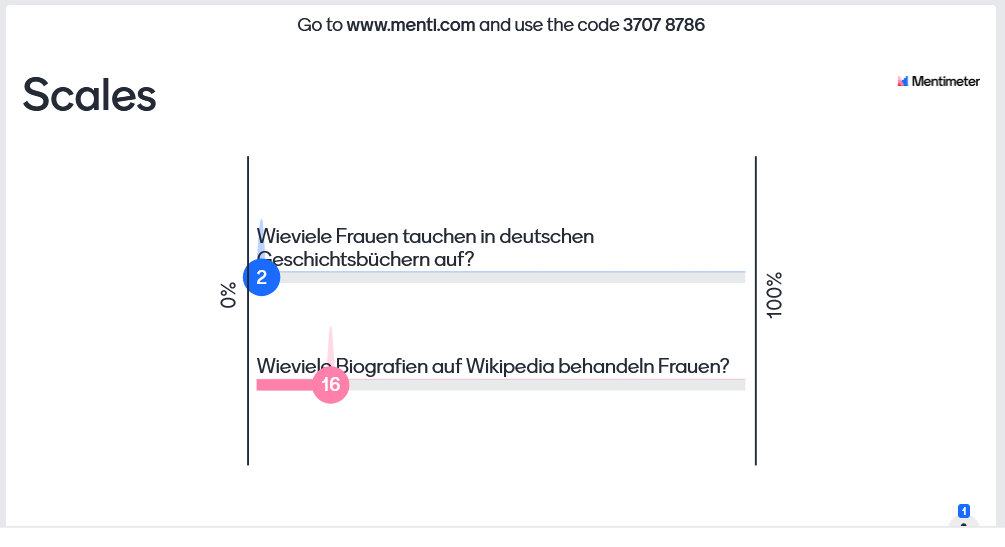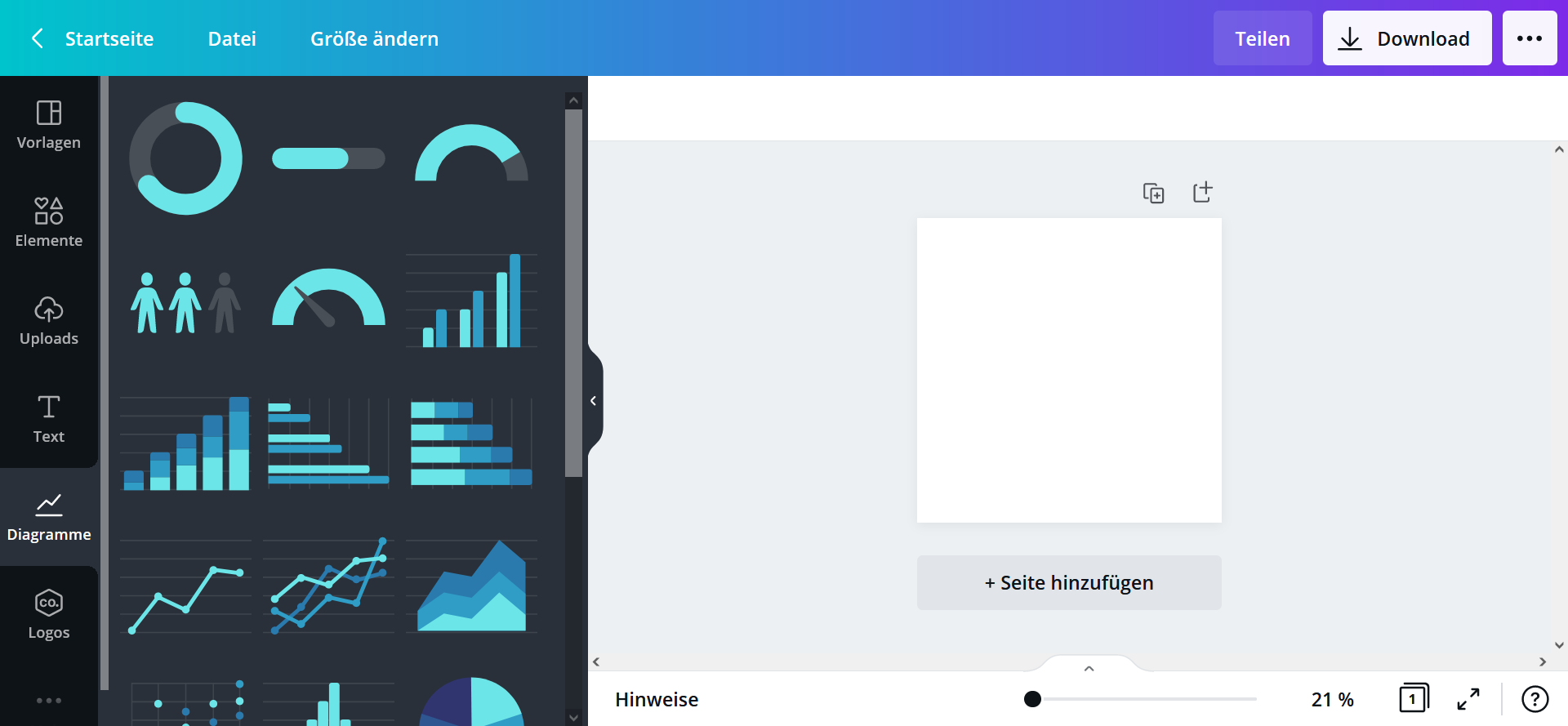Detailed description of the workshop/module
-
Warm up (20’)
Start with a “guessing game” to visualise
> how frequently women appear in German history books? (correct answer: 1-3%)
> how frequently Wikipedia biographies are devoted to women? (correct answer: 16%)
Free tool to generate interactive surveys/infographics:
mentimeter.com
 kahoot – https://kahoot.com/business-u/ (quizzes, learning games)
kahoot – https://kahoot.com/business-u/ (quizzes, learning games)
Summary/transition:
Even today, the ways in which women have shaped and experienced history are often invisible. The same applies to their experiences of migration and flight.
Migration and flight are not gender-neutral, men and women have very different experiences. The same applies to the specific experiences of non-binary, inter- or transsexual people.
It applies to every stage in the process: the reasons for seeking refuge or migrating, the way decisions are made, the path taken (i.e. the actual journey to another country), and experiences after arrival.
Question for participants: What potential differences occur to you?
Some notes on asylum law:
“Gender-specific persecution” includes sexual violence, exclusion from education, honour killings, forced abortions, forced marriages, forced sterilisations and mutilations (e.g. female genital mutilation) as well as discrimination on grounds of sex or sexual orientation. This is non-state persecution, so it is only accepted as grounds for asylum if the home country does not offer protection.
–> Now we are going to hear some of these stories from the Archive of Refuge.
2. Getting to know the Archive of Refuge (30’ to 60’)
Under “Video sequences” there is a selection of thematically tagged interviews and relevant sequences taken from these.
It is a good idea to give a brief introduction to each film or witness and let the participants choose which ones they want to watch, depending on their personal interests. Based on this, small groups of two to max. five people can be formed, with each group exploring one film.
When watching the sequences, the participants should capture one aspect of the narrative that strikes them as particularly relevant or interesting and that says something about gender-specific reasons for leaving or gender-specific experiences. They should make a note of the appropriate quote.
Important: Focus on a clearly defined aspect!
3. Work stage – research (45-90’)
The next step is to underpin the specific aspect of this refugee’s gender-specific experience with data. We are especially interested in statistics and data such as:
How many women migrate or seek asylum with children?
How many women in the world/a specific country experience domestic violence?
How many women migrate for professional reasons?
TIME STRUCTURE:
Kick-off discussion: How do I go about my research? / How and where do I find answers?
Independent research in small groups based on criteria explained in the guide or in the sources and resources provided, where appropriate
4. Generate charts & data visualisations (30-60’)
On www.canva.com participants use the data from their research to create a chart that visualises the finding.
–> www.canva.com – Button top right: “Design” – Select: Instagram – From the menu on the left select: Templates

They then upload each graphic and matching quote from the video as an Instagram post. The various posts will interact to create a digital “history book” that reflects the under-represented female perspective.
The Instagram account for this exercise should be created in advance by the teacher/leader specifically for the workshop, selecting the “not public” privacy setting. The access data can then be circulated to the participants so that they can manage their own posts.
5. Presentation and reflections (45-60’)
> why they chose that particular aspect
> what they learnt/experienced during their research
Selected questions for reflection in the closing session:
> Do men and women experience the same history?
> What reasons might there be for “women’s history” being so unknown?
> How does women’s experience as refugees and migrants differ from men’s?
> What do women and girls need to make their arrival in Germany a good one?
 kahoot –
kahoot – 